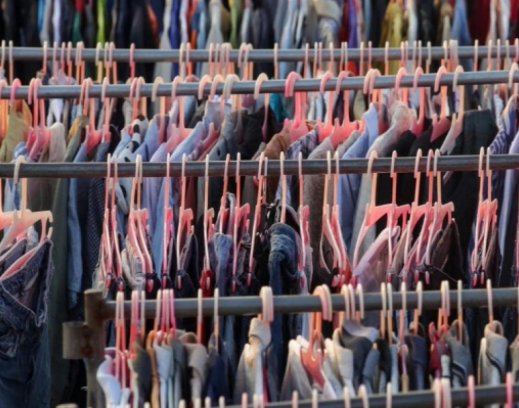
JEC Group analyses global composites market in new book
Most expensive item costing £395 ranked 28th out of 47 for performance.

29th July 2025
Innovation in Textiles
|
United Kingdom
A new academic study by the University of Leeds Institute of Textiles and Colour (LITAC) and environmental action NGO WRAP has concluded that price has very little to do with the durability of most t-shirts sold in the UK, and that spending more money doesn’t guarantee the item will be more hard-wearing.
The findings were presented by PhD student Kate Baker to the Product Lifetimes and the Environment (PLATE) Conference in Aalborg, Denmark and were developed as part of a clothing durability project through the UK Textiles Pact, WRAP’s ten-year industry initiative to bring greater circularity into the UK clothing market.
The LITAC team tested the durability of 47 t-shirts (24 male and 23 female designs) from UK clothing brands, including luxury items. Testing included physical properties and washing using a standard mixed 30°C wash cycle followed by a tumble drying 50 times. The t-shirts were graded for pilling (when small balls form on the surface of an item and the number one reason people dispose of t-shirts), as well as colour fading, shrinkage and general appearance.
A key finding was no correlation between price and durability. Of the top ten best performing t-shirts, six cost less than £15, outperforming many more expensive tees including the most expensive costing £395.
“If circularity in fashion is to be truly effective, durability must come first,” said LITAC’s Dr Eleanor Scott. “Durability underpins the reuse and resale market, as well as keeping our loved items in use longer. Crucially, these findings show that durability is not a luxury reserved for the few – it’s achievable at any price point.”
“Most shoppers use price as an indicator of how hard-wearing clothes are but our study shows this is totally misleading,” added Mark Sumner, WRAP’s programme lead on textiles. “The most expensive t-shirt we tested cost £395 and ranked 28th out of 47, while a £4 t-shirt was placed 15th. The most durable t-shirt cost £28, but the one ranked second worst was £29! So, if you’re judging on price alone – buyer beware.”
The research found more hard-wearing t-shirts tend to have a percentage of synthetic fibres in the composition including polyester, polyamide and elastane. Cotton t-shirts tended to have higher shrinkage than synthetic ones, which can be exacerbated with tumble drying. However, the research suggests well designed 100% cotton t-shirts can be hard-wearing and good value for money – four of the top ten garments were 100% cotton.
By 2030, global apparel consumption is projected to rise by 63% to 102 million tons. In the UK, 711,000 tons of textile waste was sent to landfill or incineration in 2021, with 72% through the kerbside residual waste stream. WRAP believes designing for durability is critical to moving the industry to a more sustainable model and can be done while still offering value for money for consumers.
The climate action NGO also found that the average person buys around 28 new items of clothing every year. That’s typically 8Kg each, or 586,000 tonnes in total and typically one quarter of every UK wardrobe is unworn for more than a year.
The testing methodology for durability is ready to be adapted for other regions and WRAP is now exploring partnerships with EU and US brands to co-create durability and performance standards tailored to their national markets.

Business intelligence for the fibre, textiles and apparel industries: technologies, innovations, markets, investments, trade policy, sourcing, strategy...
Find out more